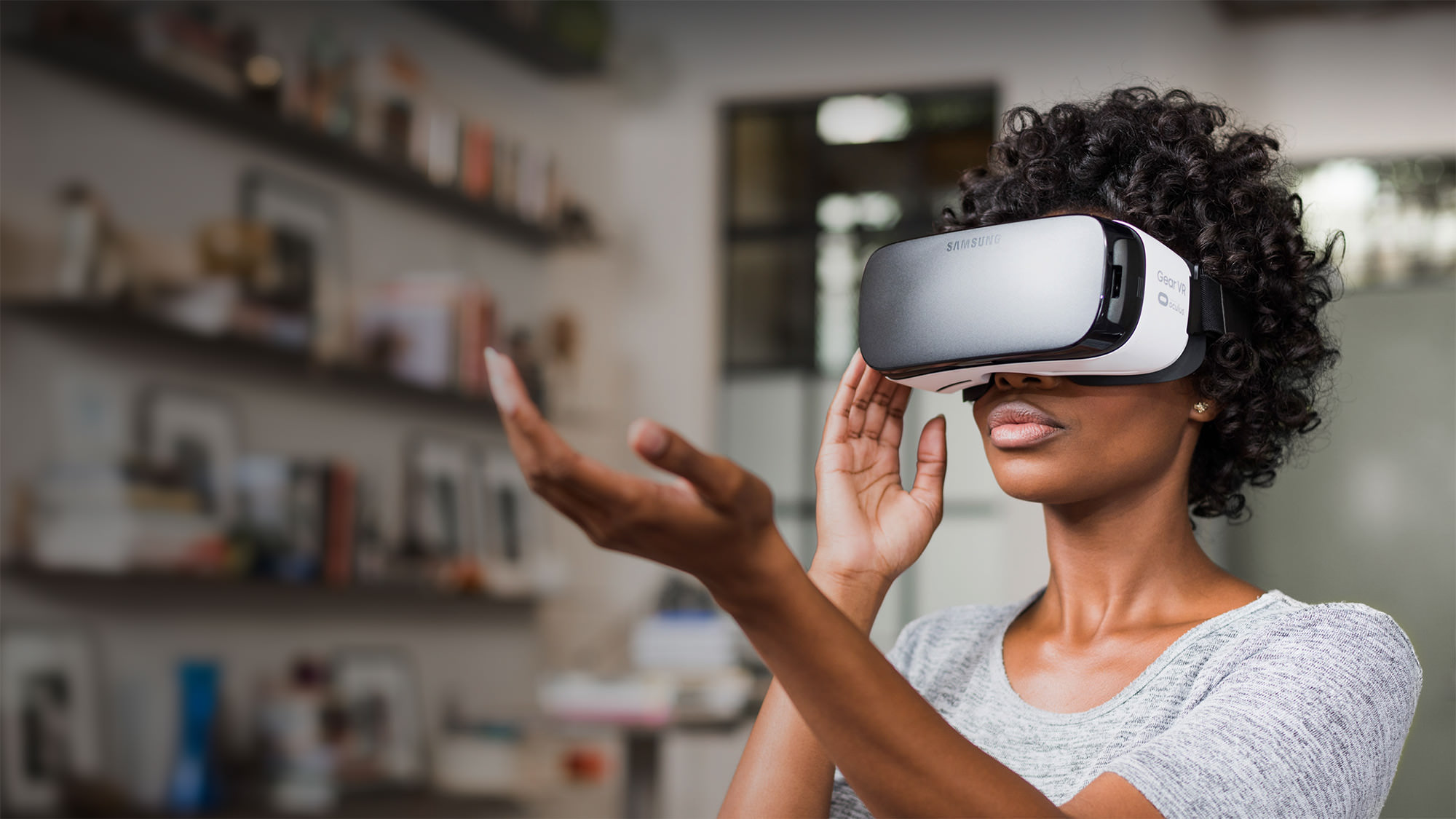Content Warning: Some of the issues discussed may be upsetting for some readers. This includes: Dementia, physical disabilities, mental illness/conditions and gender dysphoria.
This year, I worked at PAX. If you’ve been keeping up with the technology of the industry at the moment, that means I was overseeing a lot of VR headsets and dodging accidentally thrown VR controllers. In between fetching water for the more motion sick and fixing broken windows (kidding.) I took some time to observe. And then I took a really, really long time to read and learn.
What is VR?

For as long as we’ve had TVs, we’ve been trying to work out how to shove them as physically close to our face as possible. The more 3D, the more in depth, the closer to our eyes, the better. Even Before the age of the screens though, we’ve been trying to create virtual narrative since as early as the invention of the Panoramic Painting, our earliest form of ‘Virtual Reality.’

Since then, we’ve seen many different kinds of VR, the Good:
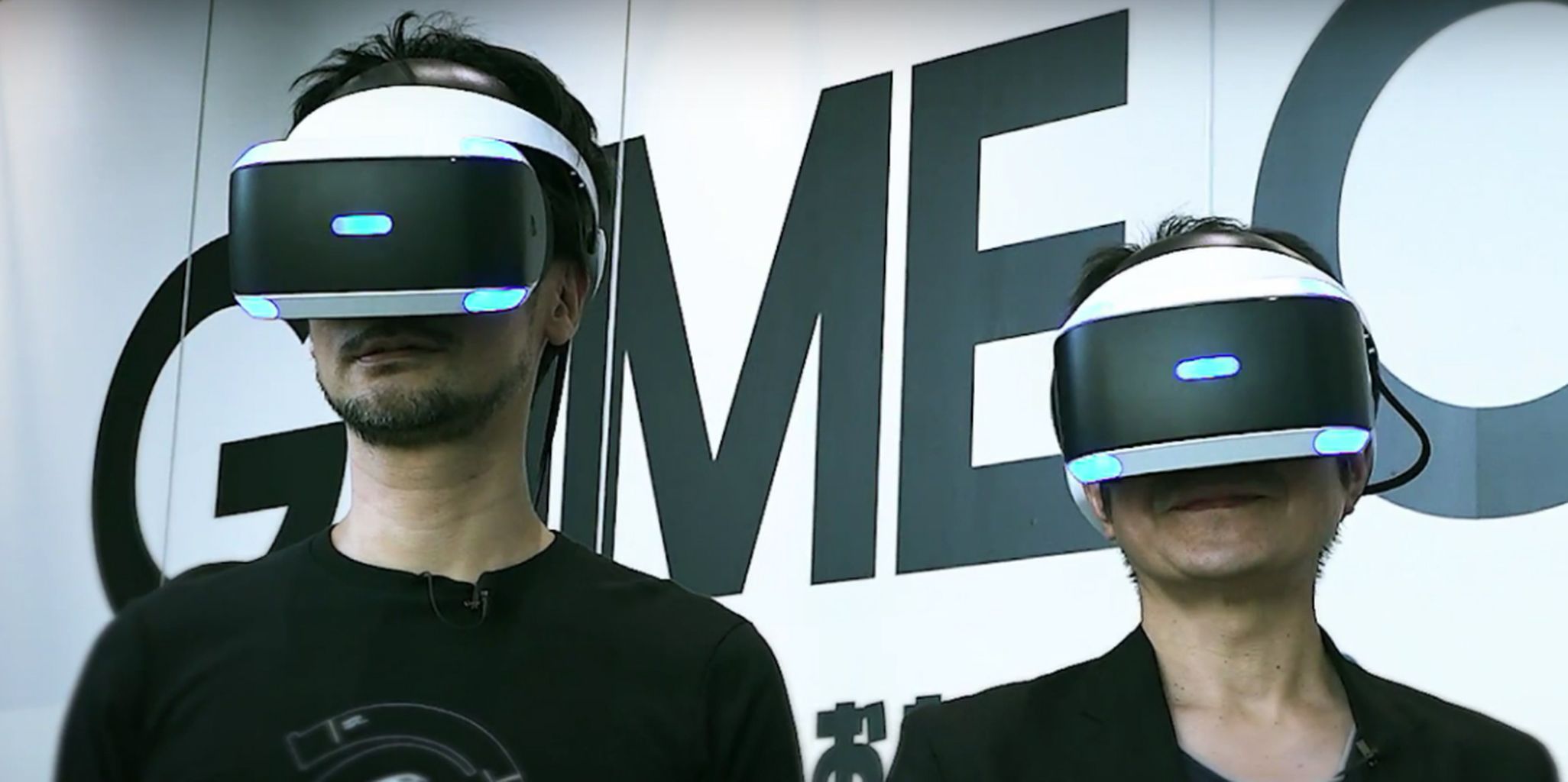
The Bad:
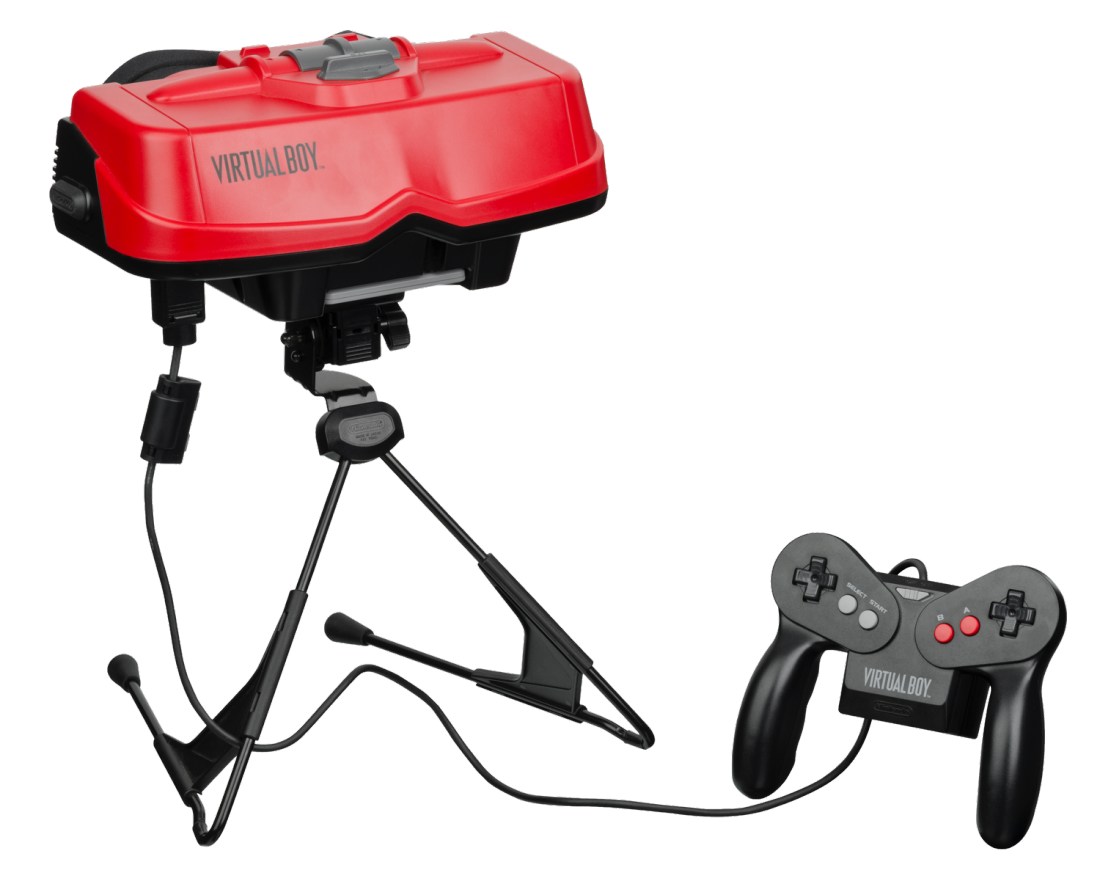
And the Ugly:
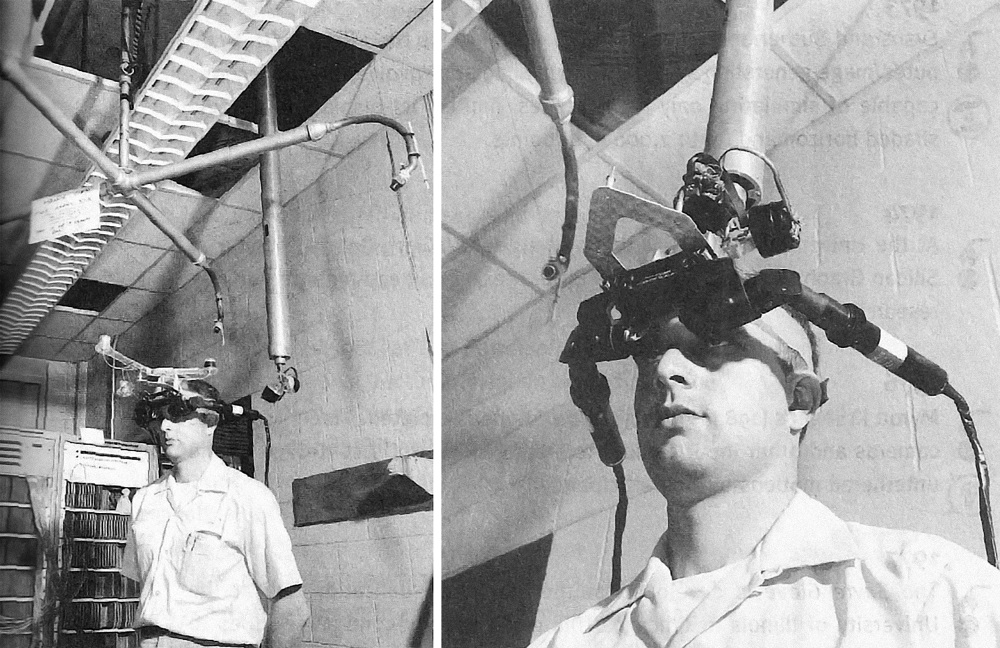
I’ll be talking mostly about video games though, so we look to 1991, when we first started seeing arcade machines with VR attachments.

Unfortunately, VR wouldn’t get very big until we could stop players vomiting every time they played. Now at least, technology has caught up to our gag reflex (sorta) to the point where at PAX this year I couldn’t walk two steps without entering Virtual Reality.
VR Downsides
I’ll get the negatives out of the way for now. VR is expensive. With most headsets costing upwards of 300 dollars (excluding the ones that just strap your own phone to your face), VR is not the most financially accessibility tech. Adding to this, the games that are available, are either expensive, or few and far apart. Many don’t even have any gameplay – rather, environments that can be looked around, but not interacted with.
There are of course more being created as I type, but it is still a long way off before they’re market commonplace.
As stated before, VR makes people motion sick. Woe to you if you’re like me and wear glasses, prepare for a blurry and stomach twisting experience. As with most games, VR is based on sight over sound, you’re pretty much always in for a bad time if you have a visual impairment. It can be a very sensory overload for the easily overwhelmed.
Then, we have the accessibility level.
Accessibility: Mobility
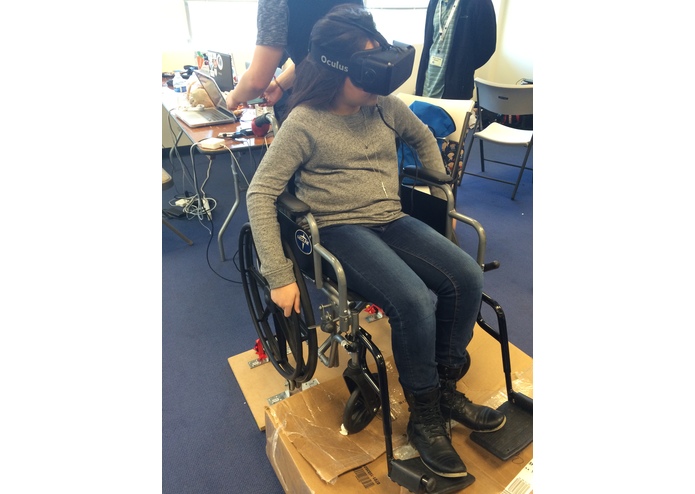
No, this isn’t in the downsides section. (Thankfully.)
While at PAX, I saw countless people in wheelchairs being able to enjoy the VR games, as most games were calibrated for a sitting position; Perfect for wheelchair access. Unlike a lot of the non VR games on high desks didn’t allow for. Not to say those games on standing desks weren’t accessible at other times, but this is an issue that needs to be brought up more. Same goes for tight booth spaces, and even arcade games. If your players cannot access or reach your game, you’re doing something wrong.
VR has the freeing experience of a wide open space and a calibrated experience for those with mobility issues. It’s obviously not perfect – for the ultimate ‘immersive’ experience, there are standing and sometimes walking ones. There are issues with including controllers for the hands; Low-hand mobility, arthritic or quadriplegics would definitely struggle with this side. (Though theoretically if you based the controls only on head movements as many do, that could provide a gaming experience unheard of for quadriplegics), and issues with picking objects in game off the floor (a little hard to do if you’re confined to a chair).
If VR can be such a revolution just with these standard games, what if we started tailor making them for disabilities? Not just mobility wise, but mentally too?
So, Why Do We Care?
I’ve brought this up at a lot of parties since because I don’t know how to small talk, and a lot of the response has been ‘Okay, you do that, but why? What’s the point? it’s a small audience. Don’t ruin Dark Souls.’
And I, being the life of the party, talk about the fact that gaming accessibility isn’t the straw-man argument of ‘you want to ruin Dark Souls by making it easy for “fake” gamers’, it’s the idea that gaming needs to create spaces and stories for everyone.
Providing a gaming experience to everyone possible is kind of my whole deal as a Games Dev: Games are so important to me I want everyone to be able to get something out of them.
Also: in the pursuit of this, some people are trying to work on EEG so that you can play virtual reality with your brainwaves and if that’s not the most interesting thing to you, get outta here.
VR and Empathy
VR is allowing us to (literally with some rigs) walk a mile in each others shoes. At a recent VR festival in Melbourne, I participated in EDIE ; A VR app for the phone which allows you, the player, to see the world as if you were living with dementia. A simple phone and cardboard rig, it was a 360 experience for about five minutes of demo of living in someone else’s brain.
Let me fanboy a moment: How AMAZING is that? In my lifetime we’ve gone from 2D pixel games to representing someone else’s brain experience. With some
This is becoming pretty commonplace in the VR industry. Girl Mirror Look gives some an idea of gender dysphoria, while it may gives others a much needed relief from the same thing.
Increasingly, there is argument surrounding this theory that VR is the ultimate empathy machine.
I don’t believe ’empathy’ is the issue at hand here, rather what we do to get that kind of feedback.
Empathy is great, but actually doing something based on it is what makes empathy important.
It is important, when creating these kind of games that it actually makes some sort of difference, or tells some sort of narrative. It’s very easy to fetishize these experiences in a way, see which one elicits the biggest response, rather than actually building relationships of empathetic communication.
VR and Mental Conditions
VR and Autism
As always, when one mentions Empathy, one has to bring up Autism. VR is currently being looked into to help with developing empathy skills within younger autistic kids. Take this with a grain of salt though, as it’s being funded by Autism Speaks, an organisation known to be notoriously bad for actual autistic people.
This being said, the cognitive benefits that could emerge from (maybe someone other than Autism Speaks) studying VR, could prove incredibly beneficial for helping development of Autistic children.
VR and PTSD/Anxiety Disorders
There are a lot of practical applications with making games for people with PTSD. Allowing recreation of events that led to PTSD can allow for better healing and giving the player control over these events gives them a sense of power previously unavailable. While there is a lot of debate about if exposure therapy works, the fact is that not everyone heals the same. What could work for one person may be another persons worst nightmare.
VR allows for a much more practical and controlled exposure therapy technique. Surprisingly, the human brain likes to run rampant with it’s fears, so visualisation may not always be effective. Having a controlled constant video game/ VR world allows for less terrified brain interference.
By using VR to expose people to safe controlled versions of their phobias or anxieties, they can eventually move to lessening them (With therapy on the side of course.) We are also looking into educational VR which allows students to attend classes and lectures from home, helping the accessibility of those who might not be up to leaving their house constantly.
VR and Physical Therapy
Finally, we look to physical therapy. There are studies being conducted right now that are proving successful about stroke recovery for older people. This is – Huge. It allows for at home rehabilitation, provides a new lease in life and primarily helps with physical therapy. While it’s not perfect yet, this is involving the older generation into the gaming world. If you’ve ever tried to teach your grandma how to play Playstation, you’ll know that’s not easy.
While these studies primarily focus on stroke rehab, it’s hard to say what else it can eventually be used for, but the future of physical rehabilitation is looking bright.
A Look to the Future
VR has come a long way, and is looking to go so much further. With the games industry still being relatively new, it’s…heartening to see the leaps and bounds that can be made to help people with it. There’s further research into VR smell, games for blind/deaf people, and tonnes more. While empathy may be debatable, it definitely does provide a new experience in understand each other.
If we can combine the new experience with helping people as well as furthering the games industry to be bigger, better and more accessible – well, there’s no telling where VR will be in five years.
References and Further Reading:
Huge list under the cut, be warned.
- AltspaceVR Inc. Be there, together. Available at: https://altvr.com/
- Bolton, D. Why Virtual Reality Could Be A Game Changer For The Disabled – ARC. ARC. Available at: https://arc.applause.com/2016/03/21/disabled-gamers-virtual-reality/
- The Caffeinated Autistic.Why I am Against Autism Speaks (and you should be, too). Available at: https://thecaffeinatedautistic.wordpress.com/2013/03/05/why-i-am-against-autism-speaks-and-you-should-be-too-2/
- CargoCollective, Sword Of Damocles VR. Available at: http://payload374.cargocollective.com/1/19/610487/9780564/IvanSutherland-sword-of-damocles_2UP_1000.jpg
- Chen, A. Paul Bloom on why VR empathy projects won’t save the world. The Verge. Available at: http://www.theverge.com/2016/12/6/13857268/paul-bloom-psychology-against-empathy-virtual-reality-politics
- Donnelly, J. How Virtual Reality Is Revolutionizing Clinical Therapy and Treatment Rehabilitation – Waypoint. Waypoint. Available at: https://waypoint.vice.com/en_us/article/how-virtual-reality-is-revolutionizing-clinical-therapy-and-treatment-rehabilitation
- Gill, N. The Sword of Damocles: A Roman Moral Philosophy on How to Be Happy. About.com Education. Available at: http://ancienthistory.about.com/od/ciceroworkslatin/f/DamoclesSword.htm
- Grubb, J. Oculus and Samsung have 1M Gear VR users. VentureBeat. Available at: http://venturebeat.com/2016/05/11/oculus-and-samsung-have-1m-gear-vr-wearing-users/
- Hamiliton, I. VR & accessibility. Gamasutra.com. Available at: http://www.gamasutra.com/blogs/IanHamilton/20161031/284491/VR__accessibility.php
- Keshner, E. . Virtual reality and physical rehabilitation: a new toy or a new research and rehabilitation tool?. NCBI. Available at: https://www.ncbi.nlm.nih.gov/pmc/articles/PMC546404/
- Kuchera, B. Being someone else: How virtual reality is allowing men and women to swap bodies. Polygon. Available at: http://www.polygon.com/2014/3/4/5423330/oculus-rift-vr-gender-swap-girl-mirror-look
- Laver, K., George, S., Thomas, S., Deutsch, J. and Crotty, M. Virtual reality for stroke rehabilitation.Cochrane. Available at: http://www.cochrane.org/CD008349/STROKE_virtual-reality-for-stroke-rehabilitation
- Lupo, T. A Wheelchair User in VR. Available at: http://www.unimelb.edu.au/__data/assets/image/0010/1961092/wheelchair-original.jpg
- N/A. Lecture VR | Immersive VR Education. Available at: http://immersivevreducation.com/lecture-vr/
- N/A. Cognition. Accessibility. Available at: http://www.unimelb.edu.au/accessibility/virtual-reality/cognition
- N/A and Users, O. Older Users. Accessibility. Available at: http://www.unimelb.edu.au/accessibility/virtual-reality/older-users
- Network, A. . Autism Speaks. Autistic Self Advocacy Network. Available at: https://autisticadvocacy.org/tag/autism-speaks/
- Normand, A. Accessibility of Virtual Reality Environments. Accessibility. Available at: http://www.unimelb.edu.au/accessibility/virtual-reality
- Peniche, M. Through the Looking Glass: Gender and Empathy in VR Games – Loading Human. Loading Human. Available at: http://www.loading-human.com/looking-glass-gender-empathy-vr-games/
- Perry, D. Speaking Out Against Autism Speaks, Even if It Means No Ice Cream. Motherlode Blog. Available at: http://parenting.blogs.nytimes.com/2015/06/04/speaking-out-against-autism-speaks-even-if-it-means-no-ice-cream/?_r=0
- Robertson, A. The ultimate VR headset buyer’s guide.TheVerge.com. Available at: http://www.theverge.com/a/best-vr-headset-oculus-rift-samsung-gear-htc-vive-virtual-reality
- SquareSpace, VR arcade Machines. Available at: https://static1.squarespace.com/static/5182a30de4b099d36dd6f233/t/540dd3a9e4b0bb88c084777d/1410192298337/
- Sutherland, A. The Limits of Virtual Reality: Debugging the Empathy Machine. MIT – Docubase. Available at: http://docubase.mit.edu/lab/case-studies/the-limits-of-virtual-reality-debugging-the-empathy-machine/
- Vic.fightdementia.org.au. Alzheimer’s Australia | EDIE – Educational Dementia Immersive Experience. Available at: https://vic.fightdementia.org.au/edie
- WhatTech, The Virtual Boy. Available at: https://www.whatech.com/images/AppInventiv/samsung_oculus_vr_appinventiv_02.jpg
- WhatTech, VR image.Available at: https://www.whatech.com/images/AppInventiv/samsung_oculus_vr_appinventiv_02.jpg
- Yaghout, A. Using your mind to navigate in virtual reality – Game accessibility. Game accessibility. Available at: http://game-accessibility.com/documentation/using-your-mind-to-navigate-in-virtual-reality/
- Virtual-reality-rehabilitation.com. KINECT REHABILITATION with Biofeedback | SeeMe > What is SeeMe system?. Available at: http://www.virtual-reality-rehabilitation.com/products/seeme/what-is-seeme

